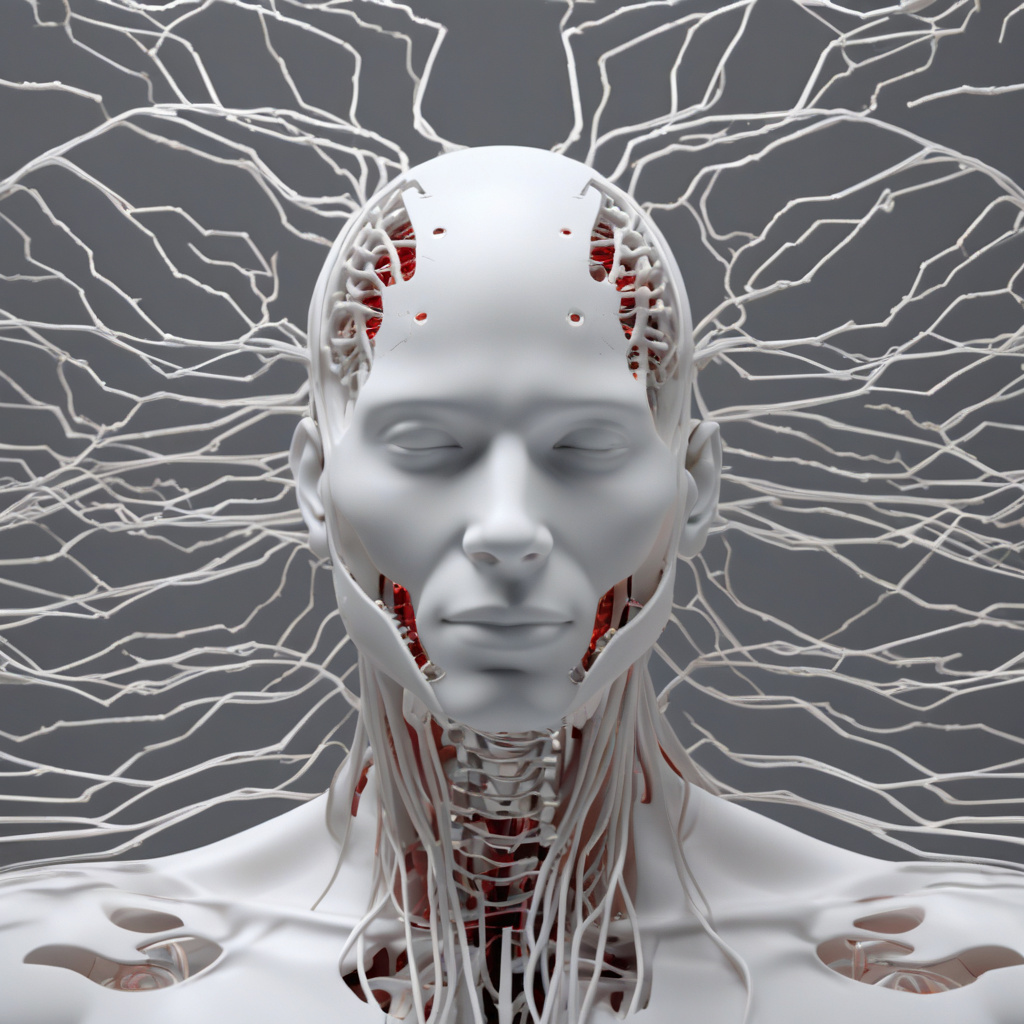Revolutionizing Brain Monitoring: The Innovation of Easy-to-Wear 3D Printable Hairlike Electrodes
Electroencephalograms (EEGs) play a crucial role in diagnosing and managing conditions such as epilepsy, sleep disorders, and brain injuries. Traditionally, EEG electrodes have been bulky, uncomfortable, and restrictive, making long-term monitoring challenging for patients. However, a groundbreaking innovation in the field of neurology is set to change the game – the development of easy-to-wear 3D printable hairlike electrodes.
These hairlike electrodes are revolutionizing the way EEGs are conducted, offering a comfortable and non-invasive solution for long-term brain monitoring. The electrodes, which can be 3D printed to custom-fit each individual, mimic the texture and flexibility of natural hair, making them barely noticeable to the wearer. This innovation not only enhances patient comfort but also ensures more accurate and reliable readings by maintaining consistent contact with the scalp.
One of the key advantages of these 3D printable hairlike electrodes is their ease of use. Unlike traditional EEG electrodes that require cumbersome application procedures involving gels and adhesives, the hairlike electrodes can be simply placed on the scalp like a regular hair accessory. This user-friendly design not only simplifies the monitoring process for healthcare providers but also empowers patients to conduct EEGs in the comfort of their own homes.
Moreover, the durability of these electrodes allows for prolonged and uninterrupted brain monitoring, enabling healthcare professionals to gather comprehensive data over extended periods. This is particularly beneficial for conditions that require continuous monitoring, such as epilepsy, where detecting subtle changes in brain activity is crucial for effective management.
In addition to their practical advantages, easy-to-wear 3D printable hairlike electrodes also hold immense potential for research and innovation in the field of neurology. The customizable nature of these electrodes allows for personalized monitoring solutions tailored to the unique needs of each patient. Furthermore, their compatibility with 3D printing technology opens up possibilities for further advancements in electrode design and functionality.
As the demand for non-invasive and patient-centric healthcare solutions continues to grow, the development of easy-to-wear 3D printable hairlike electrodes represents a significant leap forward in the field of brain monitoring. By combining comfort, usability, and accuracy, this innovation has the potential to enhance the quality of care for patients with neurological conditions and pave the way for new advancements in neurology research.
In conclusion, the introduction of easy-to-wear 3D printable hairlike electrodes marks a milestone in the evolution of EEG technology, offering a glimpse into a future where brain monitoring is not only effective but also effortless and accessible to all. As this groundbreaking innovation continues to gain traction in the medical community, the possibilities for improving patient outcomes and advancing our understanding of the brain are truly limitless.
brain monitoring, EEG electrodes, 3D printing, neurology, healthcare technology











